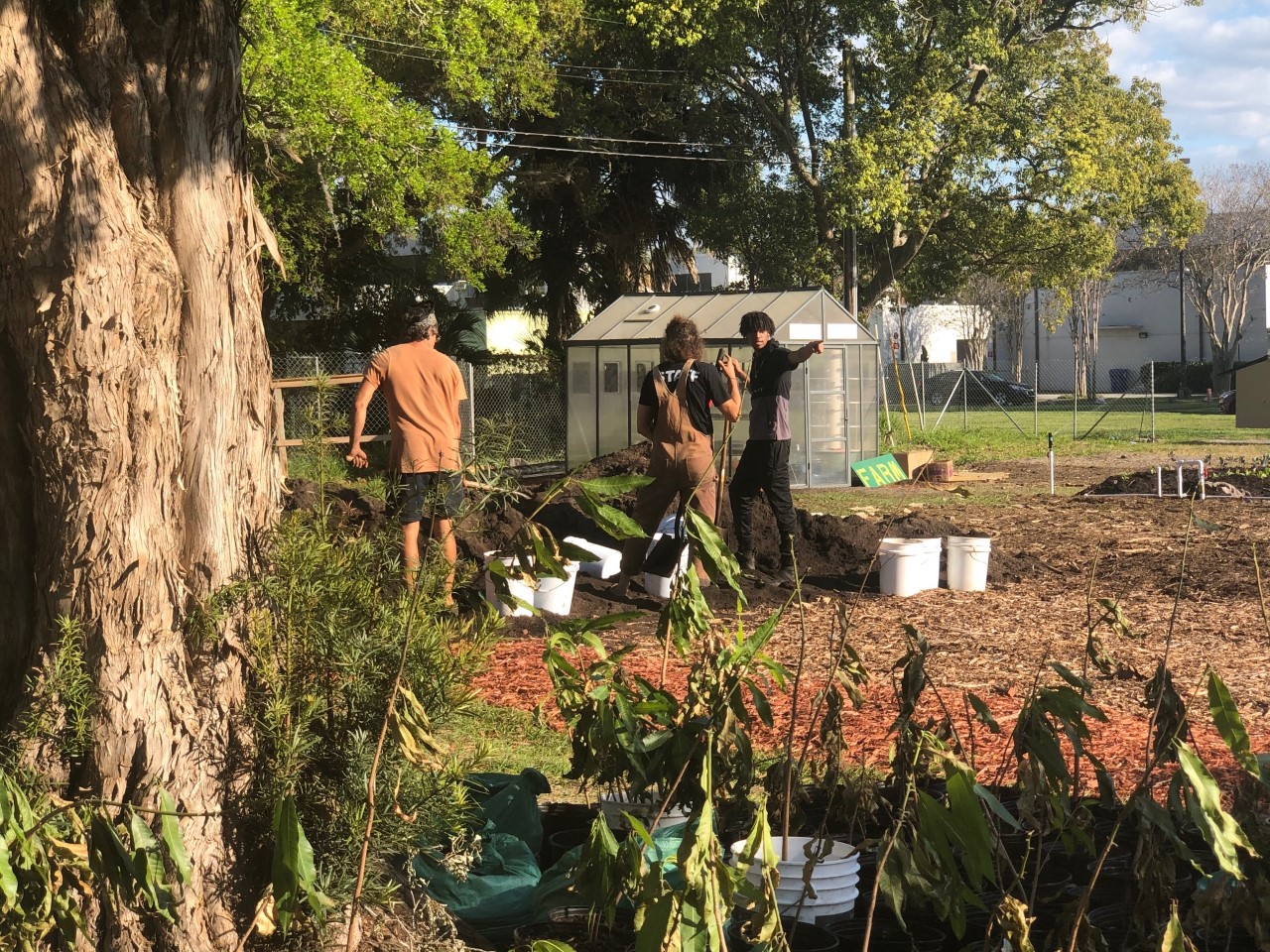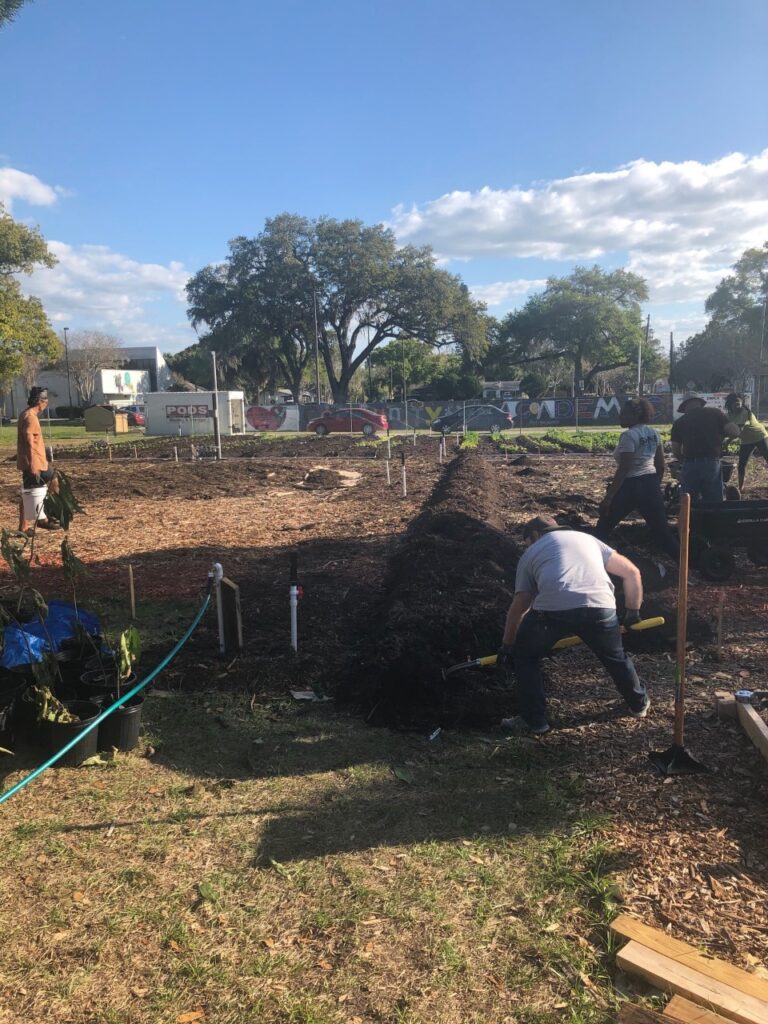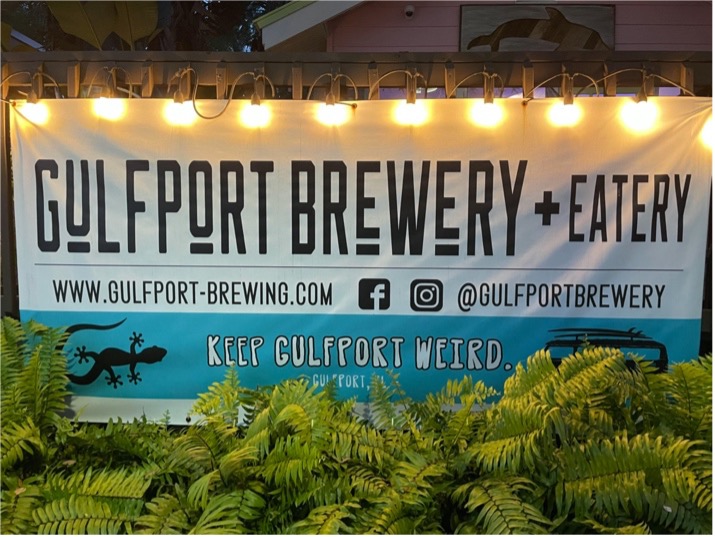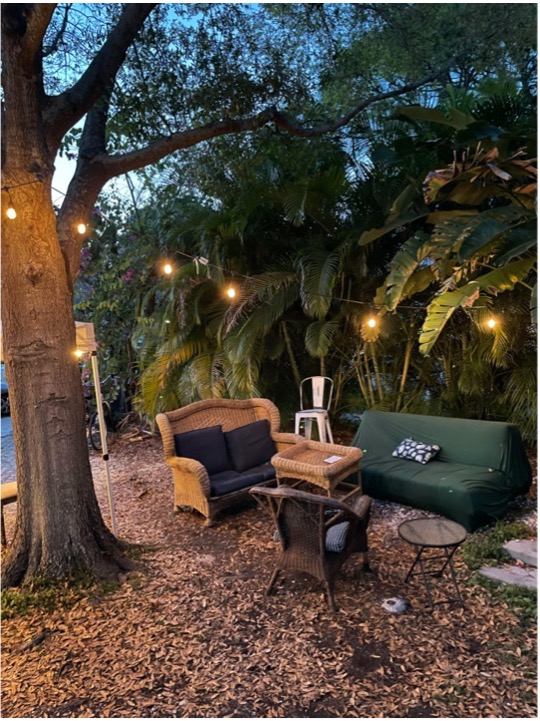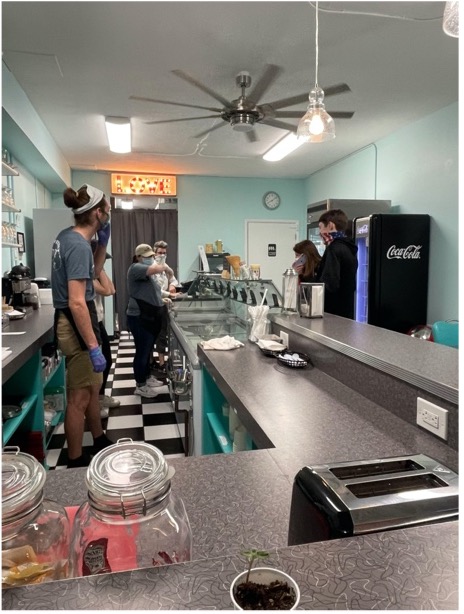By Brianna Brosch
As today’s society faces divisiveness and tragedy through recent mass shootings, riots and social tensions, it is encouraging to see people dedicated to our youth and their future. Carla Bristol is one such noteworthy example in St. Petersburg.
Today’s youth can benefit from having someone they can look up to as a positive role model. In addition to her daily roles running the St. Pete Youth Farm and her art gallery, Gallerie 909, Bristol is tirelessly creating constructive opportunities for the youth in the community.
With all that Bristol has accomplished and the services she provides, it is easy to understand how her favorite saying defines her work ethic, “It don’t take all day to do nothin’.”
“My children were born here and are raised here so I must give to help future generations here in this community,” Bristol said. “All of my work is for future generations.”
What distinguishes Bristol is her high energy and expansive influence in a variety of areas in advocacy. She is an activist for Midtown, youth and art, in addition to her work with community gardens to combat the food insecurities of her neighborhood.
“I love what I am doing with my life. I feel that my work with this community is leaving a footprint and, now with our youth, a blueprint,” Bristol said. “Each young person will take something with them that they have learned through their time with me and that’s special.”
In a recent trip to Tallahassee, Bristol and several participants from the farm petitioned legislators for funding to assist in their agricultural work. Bristol hopes that by putting faces to the name of her organization, they will be more likely to help by allocating additional resources.
The group with Bristol made an inspiring presentation in the Senate Agriculture Committee representing the St. Pete Youth Farm.
“The goal of the Tallahassee trip was to provide exposure for our youth and our program,” Bristol said. “I wanted everyone to see what I see daily, we have amazing young people living right here in South St. Pete. They are doing amazing work in the community throughout the program.”
Part of this work she is referring to is a project located at 1664 12th St. South. This is intended to be the site of a hydroponic farm.
“We are still trying to find creative ways to get a structure that will house a hydroponic system,” Bristol said. “There are many hurdles with permitting, and we’re trying to work within our budget and the needs of the City to make it happen. We have engaged an architect to ask for some direction and may soon have a solution.”
The COVID-19 pandemic has magnified the importance of this work. Bristol points out that with the increase of poverty that has occurred, teaching youth about sustainable agriculture is “helping to be a part of the solution.”
These efforts are instrumental in combating a lack of grocery stores in an area of Pinellas County, known as a “food desert.” Although there is not a shortage of produce, there is a lack of convenience and access to stores where produce is sold.
The youth Bristol works with in the program are local to St. Petersburg, specifically residing in the dedicated Community Redevelopment Areas (CRA) and must be of high school age. Bristol credits several vital partnerships to the farm’s ongoing successes, including, City of St. Petersburg, Foundation for A Healthy St. Pete, Pinellas County Schools, Pinellas Education Foundation and a host of others.
Bristol is quoted in the Gulfport Gabber referring to the youth she volunteers with as her “young angels.” This characterization reflects the love and admiration of the youth she labors with to make their community a better place to live.
Bristol expresses it well in a Facebook post when she says, “It’s so exciting when relationships come full circle. All of the arts and culture is centered around food!” Bristol is effective at combining her many circles of advocacy into one unifying circle of activity and influence.
In addition to working with youth to address the community’s food insufficiency, Bristol also owns and operates an art gallery, Gallerie 909. She opened this gallery in 2014. It specializes in African, Black and Caribbean art.
Located at 559 49th St. South, her gallery provides opportunity and space for developing artists to showcase their work. Bristol’s own line of textile art is marketed under the name “Jamii,” which means “community” in Swahili, a fitting emphasis given her devotion to her community.
“The gallery was about providing for a portion of the community what was already being made available to other parts of our town without consideration for equity,” Bristol said.
Further inspiration struck when Bristol founded the Black Arts and Film Festival in St. Petersburg, another example of showcasing art by people of color. This and other events help define her as a pillar and an inspiring figure in the community.
Accrediting her parents as her heroes, Bristol shares, “My mom always says we moved to this country with four kids and five suitcases. My dad is a man of very few words but what he has to say will always cause you to think.” Mentioning her aunts and uncles she adds, “[They] have always instilled in me that I’m special and important, and that’s what I instill in our youth ambassadors.”
Born in Guyana, the only Latin American country to have English as its official language, Bristol immigrated with her family to America at age 11. She considers herself to have been an entrepreneur since childhood.
Growing up with a strong sense of family and community helped Bristol tremendously.
“I was able to make business decisions and customer engagement decisions early in life. Most of what you see in me today was cultivated during those early years,” Bristol said.
“I feel welcome no matter where I am. There is a vibration in South St. Pete that supports culture and community that I have not found in other parts of Pinellas,” Bristol added, “This feels like home to me because it’s small, and I am able to be myself and feel welcomed and supported.”






